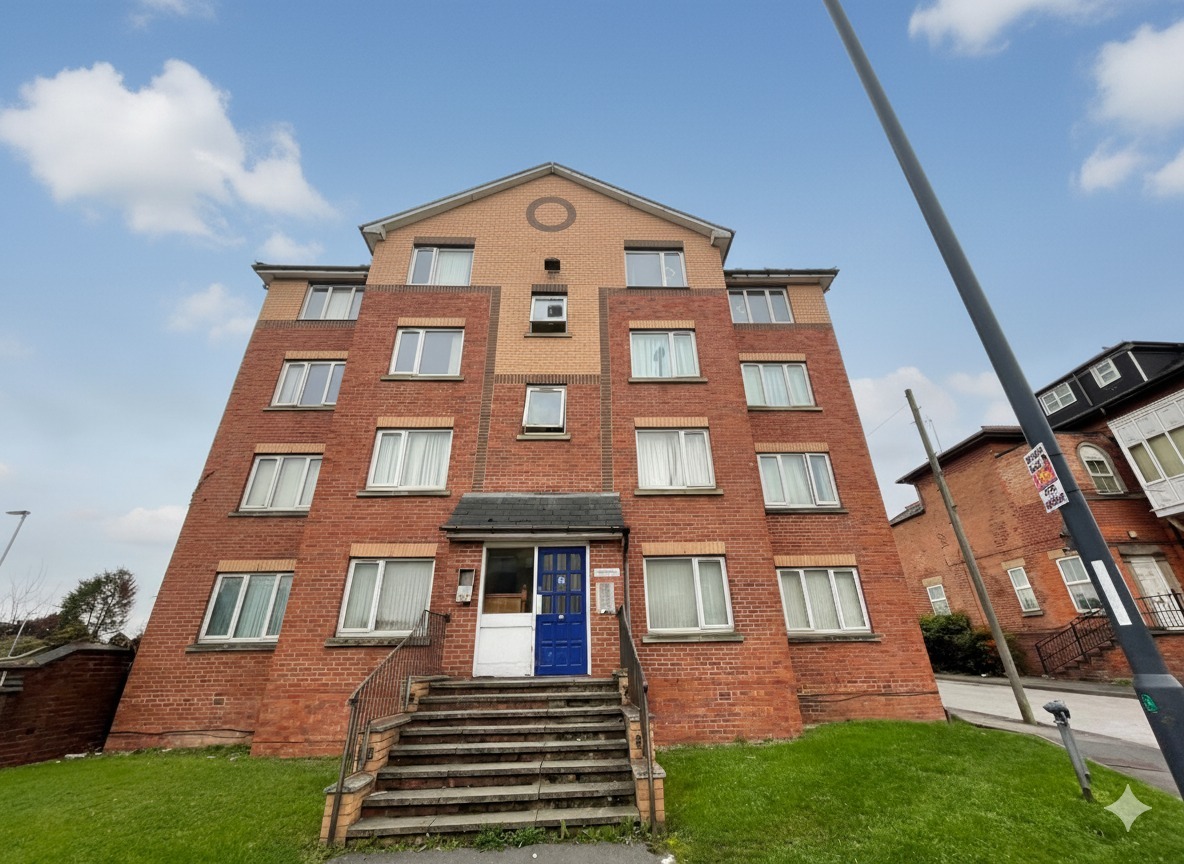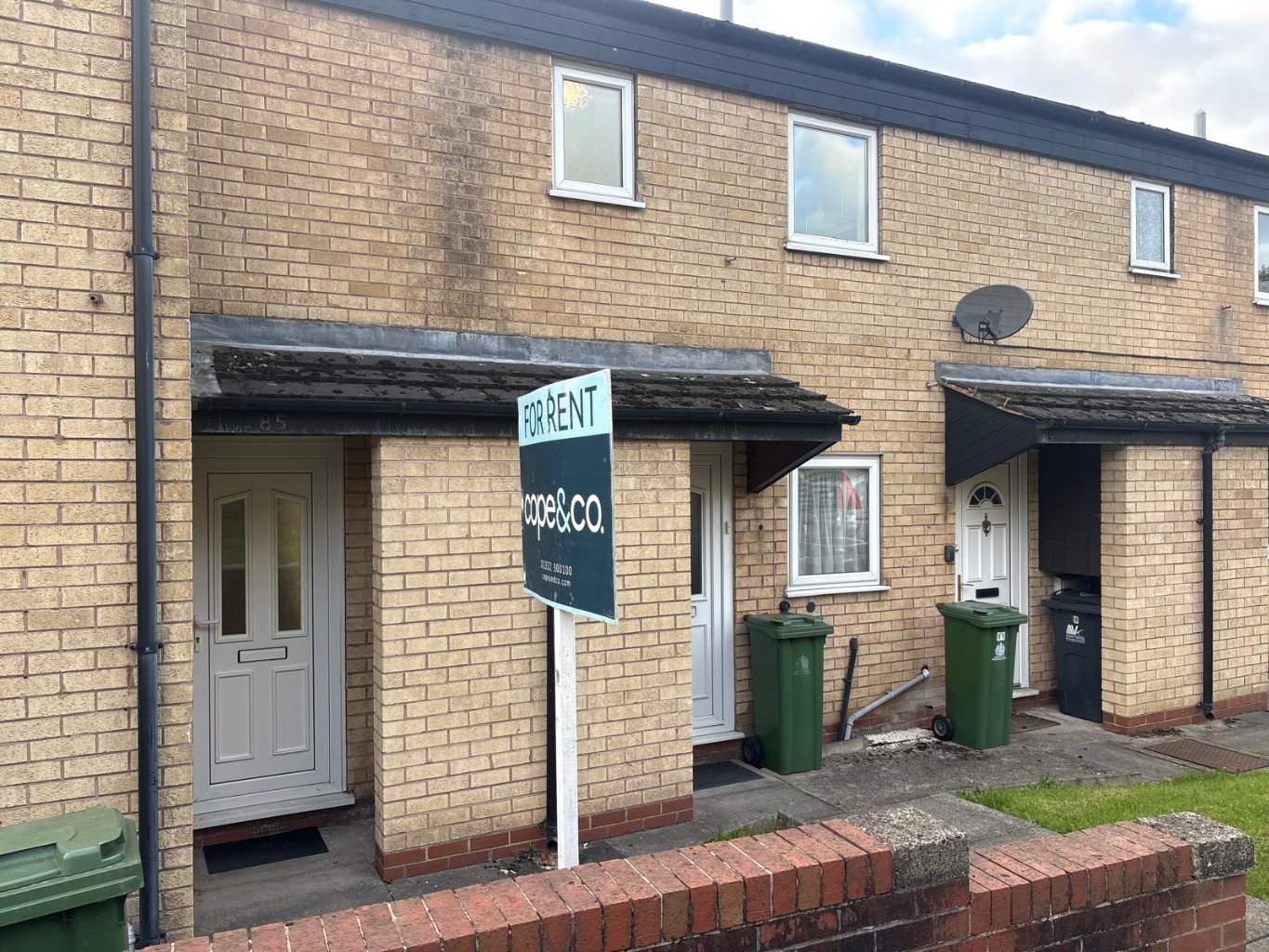What the Tory Pledge to Scrap Stamp Duty Means for Homebuyers and Landlords in Derby
The Conservatives have announced plans to abolish Stamp Duty on primary homes - a change that could reshape how buyers and sellers move across England and Northern Ireland. While landlords and investors won’t benefit, movers in regions like the East Midlands could save over £4,000 in upfront costs. Read our latest blog to see what this could mean
The Conservative Party has announced a major proposal to scrap Stamp Duty on primary residences across England and Northern Ireland. The change would mean that anyone buying their main home, regardless of price, would no longer pay this upfront tax. However, the measure would not apply to second homes, buy-to-let properties, or purchases made through companies or by non-UK residents.
The party has described Stamp Duty as “a bad tax,” arguing that removing it will make moving home easier and more affordable for buyers. The proposal does not extend to Scotland or Wales, where different property tax systems already apply.
Who Would Benefit Most?
The biggest winners from this policy would be people buying their primary home, especially those moving up the property ladder or downsizing later in life. First-time buyers, who already benefit from certain Stamp Duty exemptions, are less likely to see a dramatic financial change.
According to Savills’ analysis, the average Stamp Duty bill in England and Northern Ireland currently sits at around £9,700. Removing that cost could make a real difference to families upgrading to a larger property, particularly in the South East and London, where average Stamp Duty payments are much higher. For example:
The average bill in London is £32,208
In the South East, it’s £12,393
In the North East, just £2,623
In the East Midlands, it's £4,081
These figures show how the potential savings would vary widely depending on where buyers are located and the value of the home they’re purchasing.
How the Market Might React
While the policy is designed to encourage home moves, experts say the timing of its announcement could influence behaviour in unexpected ways. If buyers expect Stamp Duty to be abolished in the near future, they may delay transactions, waiting to save thousands. That pause could briefly slow the market, followed by a surge in activity once the change takes effect.
Savills has also suggested that the removal of Stamp Duty could result in a temporary uplift in property prices. This is estimated at around 2.8% on average, as savings are absorbed into higher sale prices. The overall impact would likely differ by region, reflecting variations in both average property values and local demand.
What About Landlords and Investors?
The policy draws a clear line between homeowners and investors. Buy-to-let purchasers would continue to pay the existing rate, including the additional 3% surcharge for second homes. That distinction means the measure is unlikely to alter the investment landscape for landlords but may further highlight the government’s intent to prioritise owner-occupiers.
With no change in Stamp Duty for additional properties, landlords will still face significant upfront costs when expanding their portfolios. However, a more fluid housing market driven by greater mobility among homeowners, could create new opportunities for investors to acquire stock released by movers.
A Focus on Movement and Mobility
Ultimately, the proposal aims to make it easier for people to move home - whether that’s young families finding more space or older owners downsizing. Reducing friction in the market tends to benefit both buyers and sellers by freeing up supply and encouraging turnover.
If implemented, this change could reshape the housing landscape in England and Northern Ireland, reducing one of the biggest financial hurdles to moving house. Whether it boosts confidence or temporarily stalls activity will depend largely on how soon, and how clearly, the policy takes effect.
What are your thoughts?











